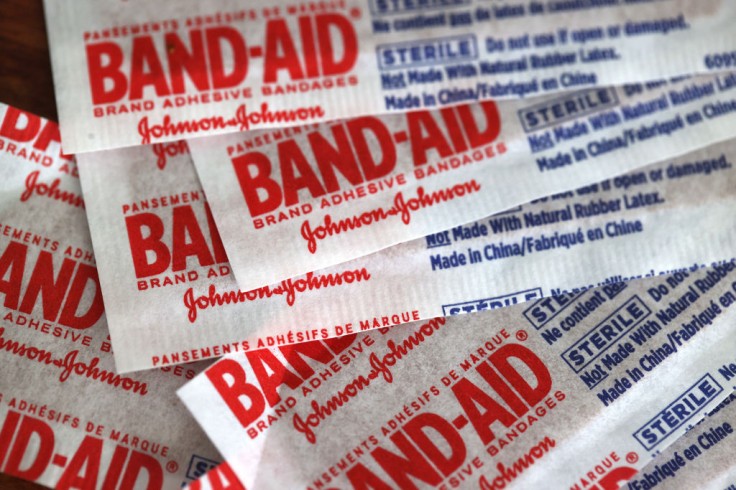
Keeping a first aid kit at home is not only common sense, but it helps to be prepared, especially in times of emergencies and injuries. It doesn't take a lot to prepare this kit, and it will help to lessen the stress and panic, in case you need one following an accident.
Dr. Thomas Waters of the Cleveland Clinic said that having a first aid kit at home leads to "better outcomes" if something happens to a family member, like a cut or scrape, minor burns, sprains, allergic reactions and rashes, and even uncomfortable bug bites. If possible, prepare not just one kit but an extra one for the car.
Here are some of the must-have items to include in a first aid kit, per the Red Cross:
- 2 5x9-inch absorbent compress dressings
- 25 adhesive bandages in all sizes
- 1 10 yards x 1-inch adhesive cloth tape
- 1 4-inch-wide roller bandage
- 10 sterile gauze pads in various sizes
- 1 3-inch gauze roller bandage
- 2 triangular bandages
- 2 1-gram hydrocortisone ointment packets
- 5 antibiotic ointment packets
- 5 antiseptic wipe packets
- 2 81-milligram aspirin packets of aspirin
- 1 emergency blanket
- 1 breathing barrier with a one-way valve
- 1 instant cold compress
- 2 pairs of non-latex large gloves
- Oral non-glass and no mercury thermometer
- Tweezers
- Emergency First Aid guide
However, Dr. Waters also recommends adding a hand sanitizer to ensure that the person's hand is clean before taking care of an injury. Include an antiseptic solution, hydrogen peroxide, calamine lotion, or aloe vera gel for treating wounds. Pack some essential over-the-counter medications, too, especially pain relievers.
Replace and Replenish First Aid Kits
Many of the items inside the first aid kit won't usually expire. However, items with antiseptic properties, including creams and ointments, tend to last for at least two years only. So, be sure to keep an eye on the expiration dates and replace them as needed.
According to Dr. Suzy Cohen, ointments and creams have expiration dates that may guarantee 90 percent potency of the product. It means that beyond these dates, the manufacturer won't be able to ensure that the ointments and creams will still work, so it will defeat the purpose of keeping these inside the kits.
Ideally, use common sense when tossing out these products, especially when it's tainted, has a funky odor, or look odd in appearance. Also, ditch the products that have been exposed to heat or humidity.
Teach the Kids What to Do in Emergencies
Aside from having a first aid kit, it's best to teach children who can speak clearly on the phone about 911. If they might feel scared or jittery about this, explain to them that emergency operators at the other end of the line have assisted a lot of children and will be more than helpful to them.
Some children could be wary about giving out personal information to strangers, but if the parents adequately explain what 911 operators do, they will be able to help well in an emergency situation. Meanwhile, for older kids who can read, it will be handy to have a list of contact information for healthcare providers on the first aid kit so they could refer to them as well if it's the parents who are injured or sick.